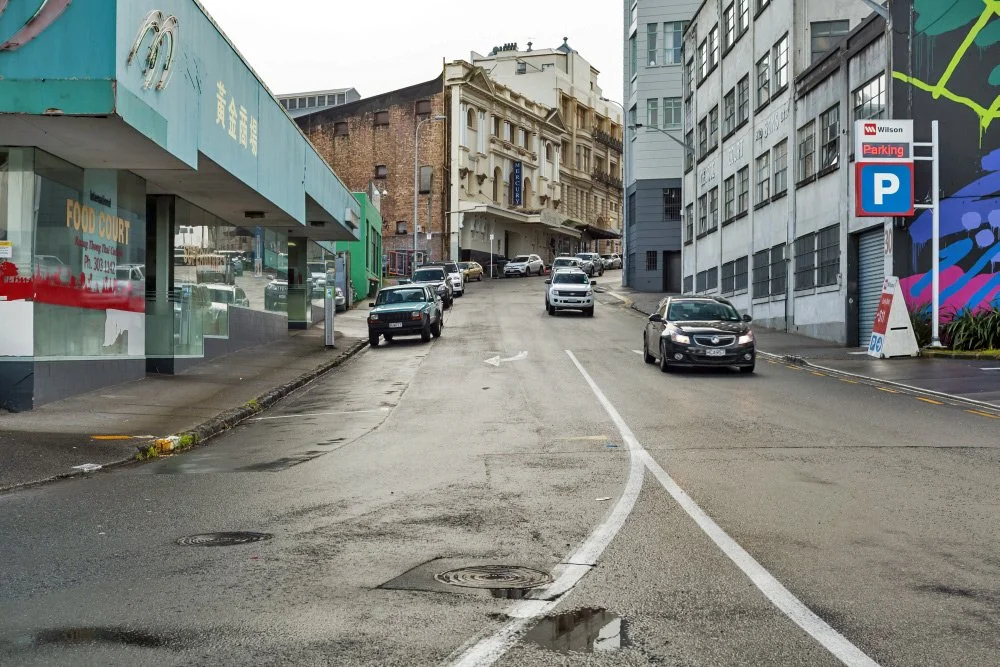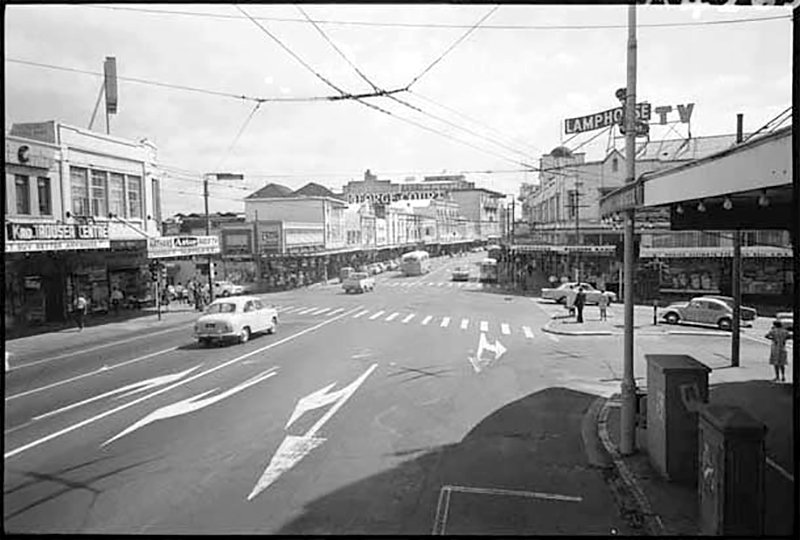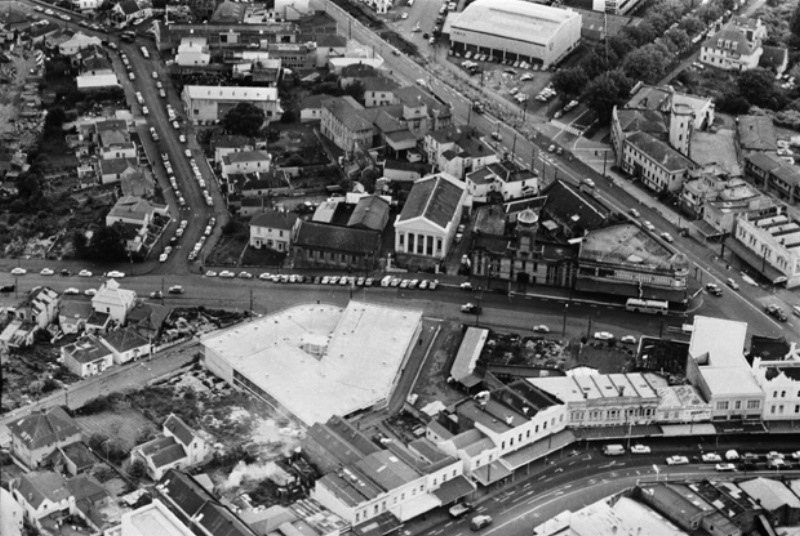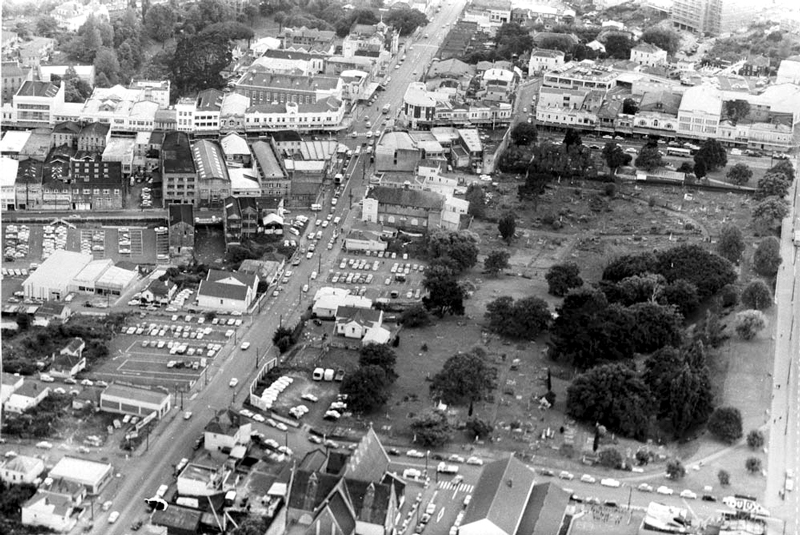The area just before our construction started
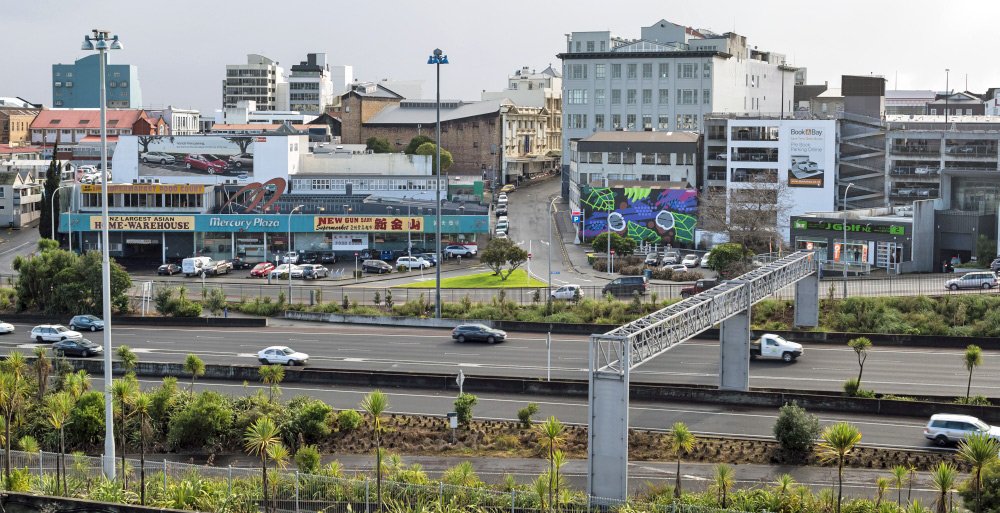

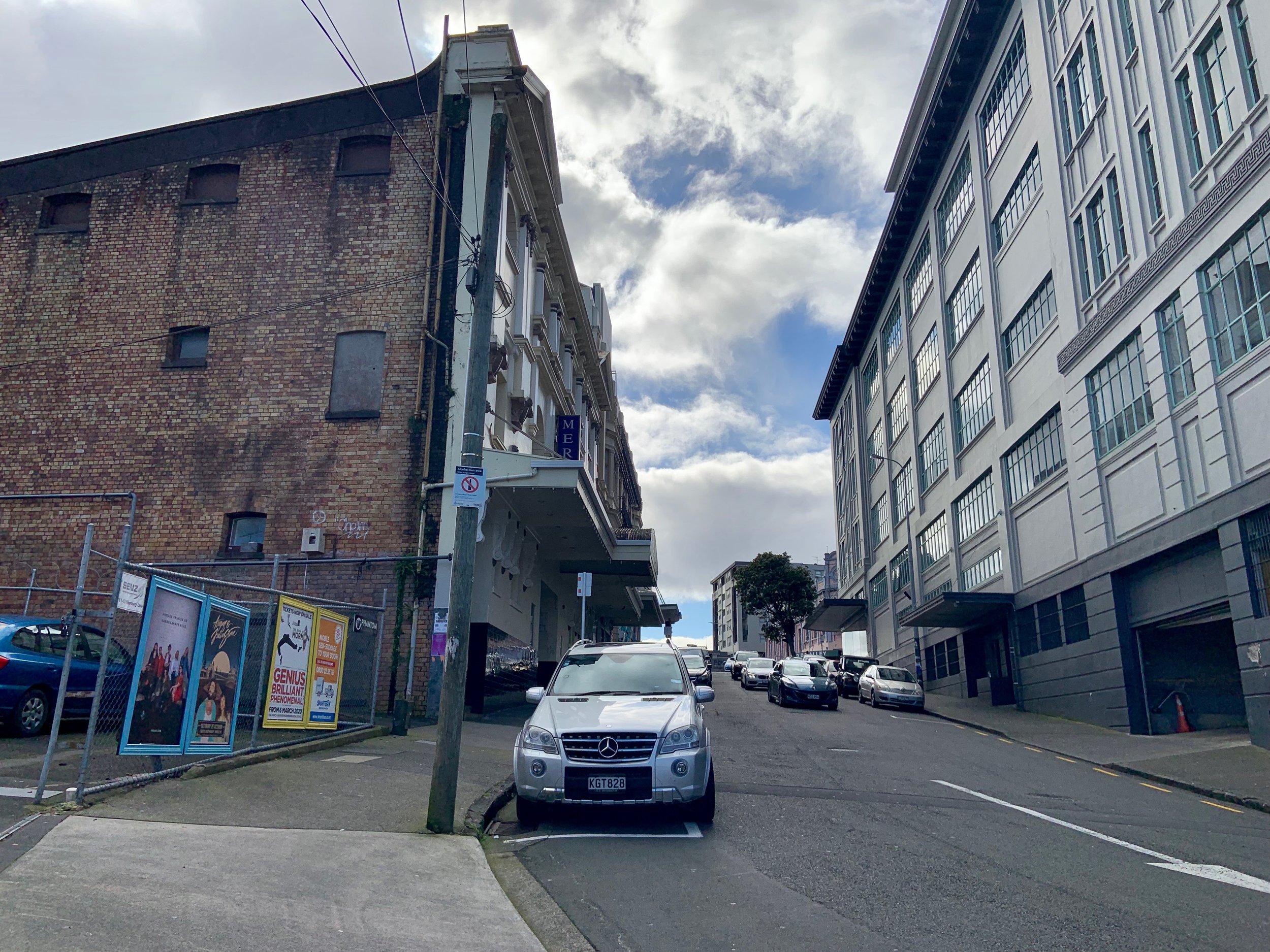
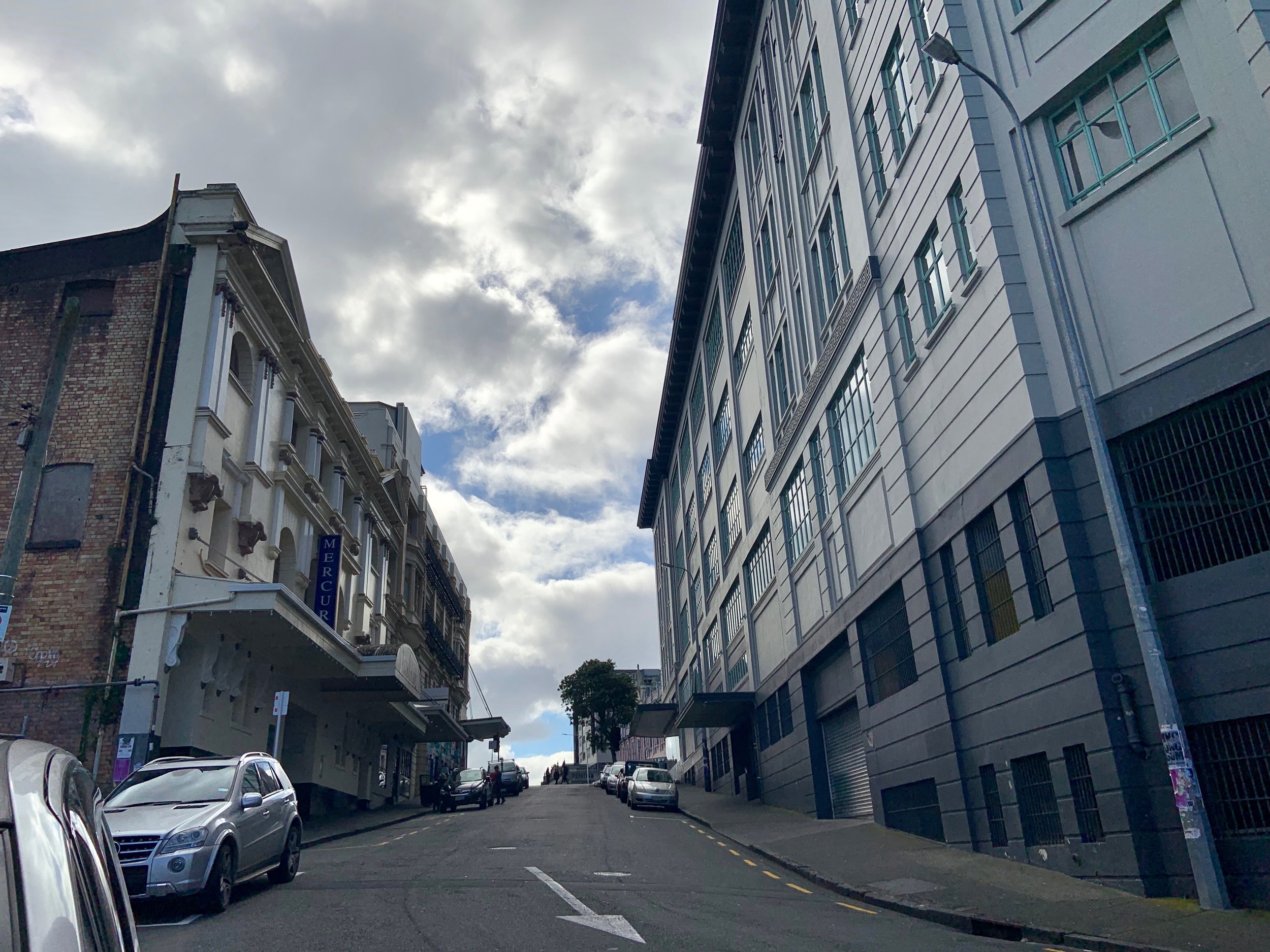
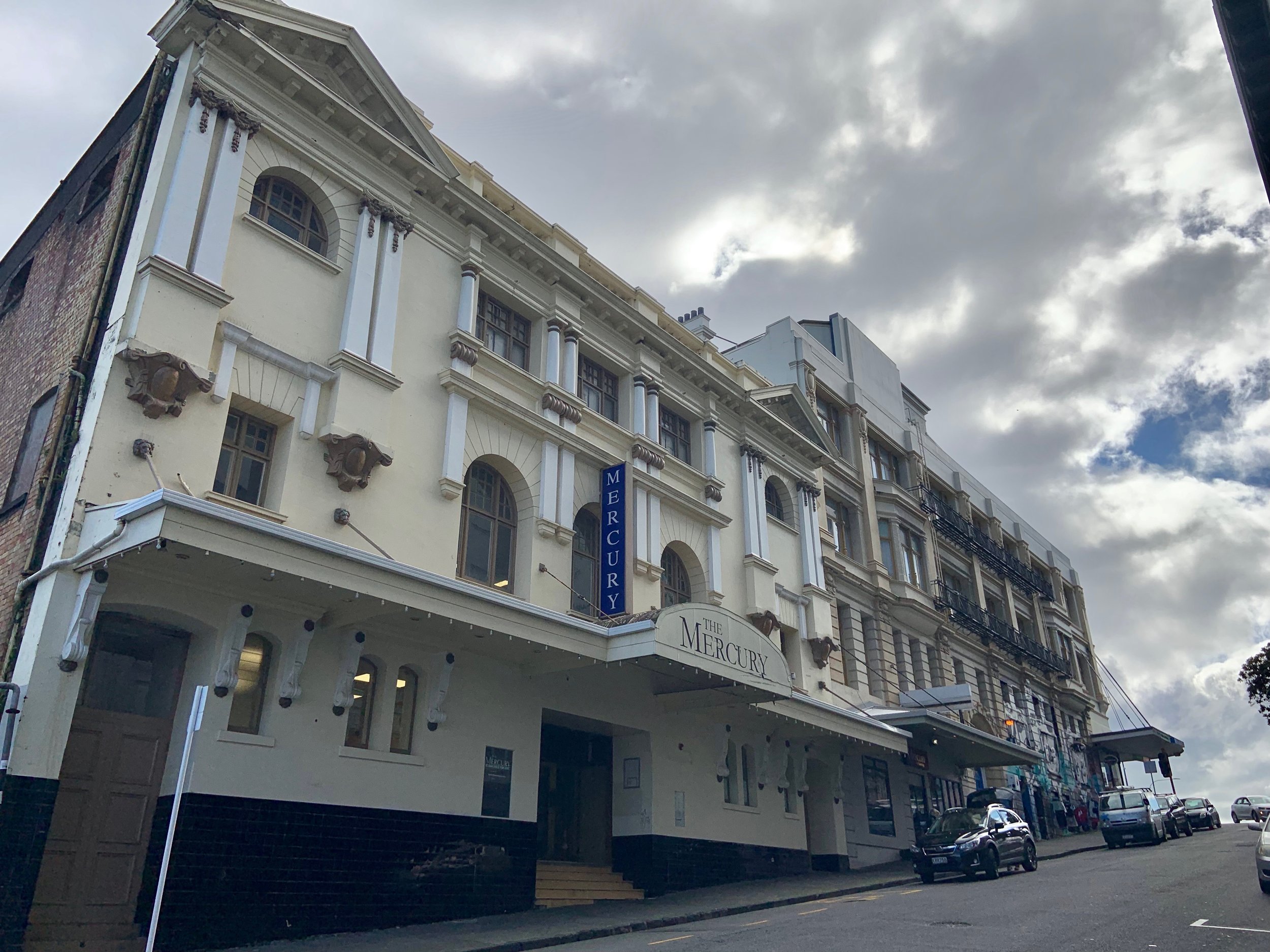
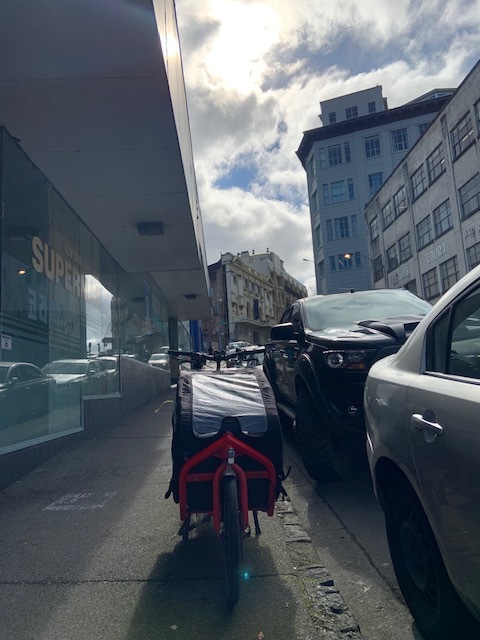
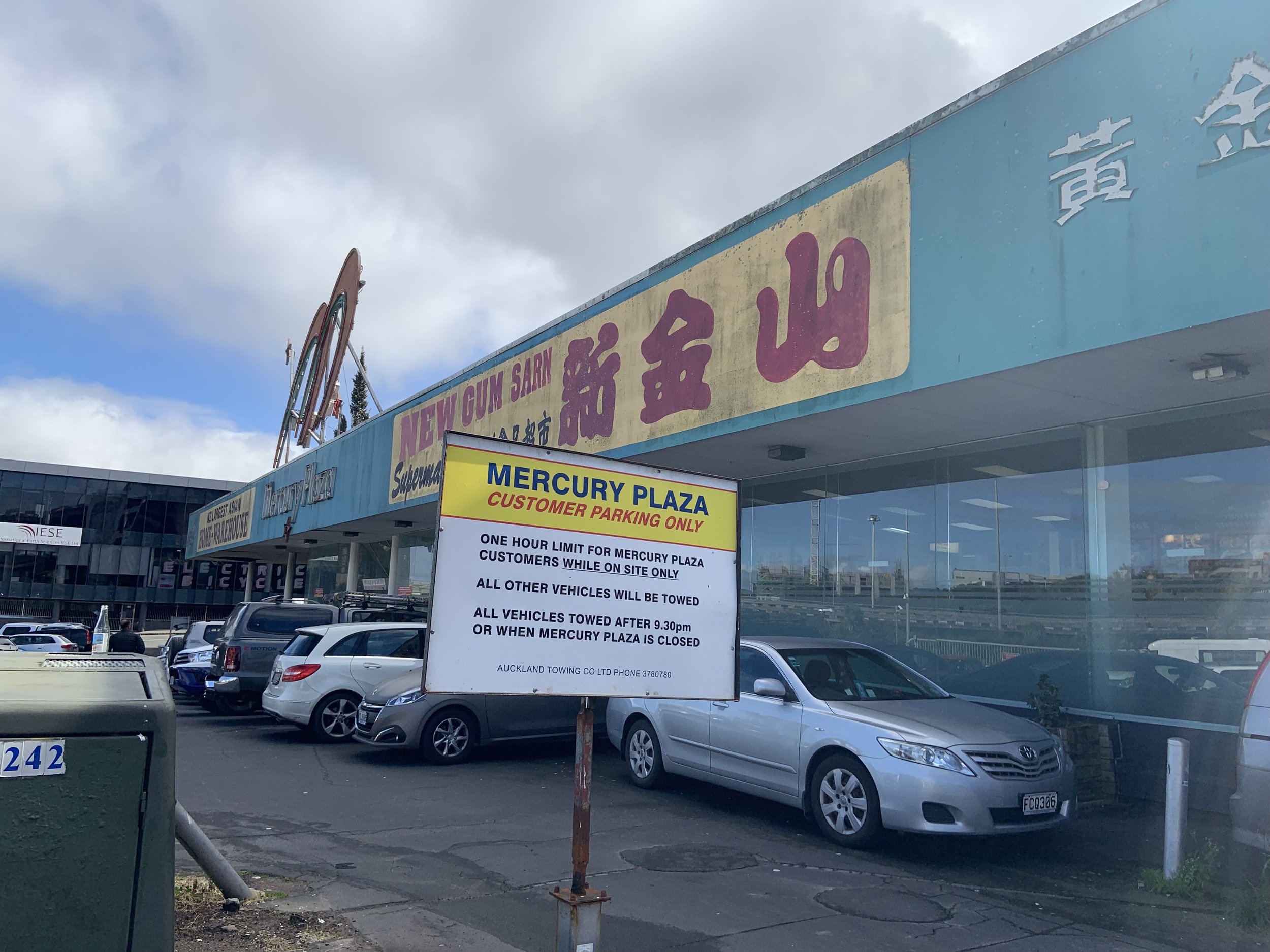
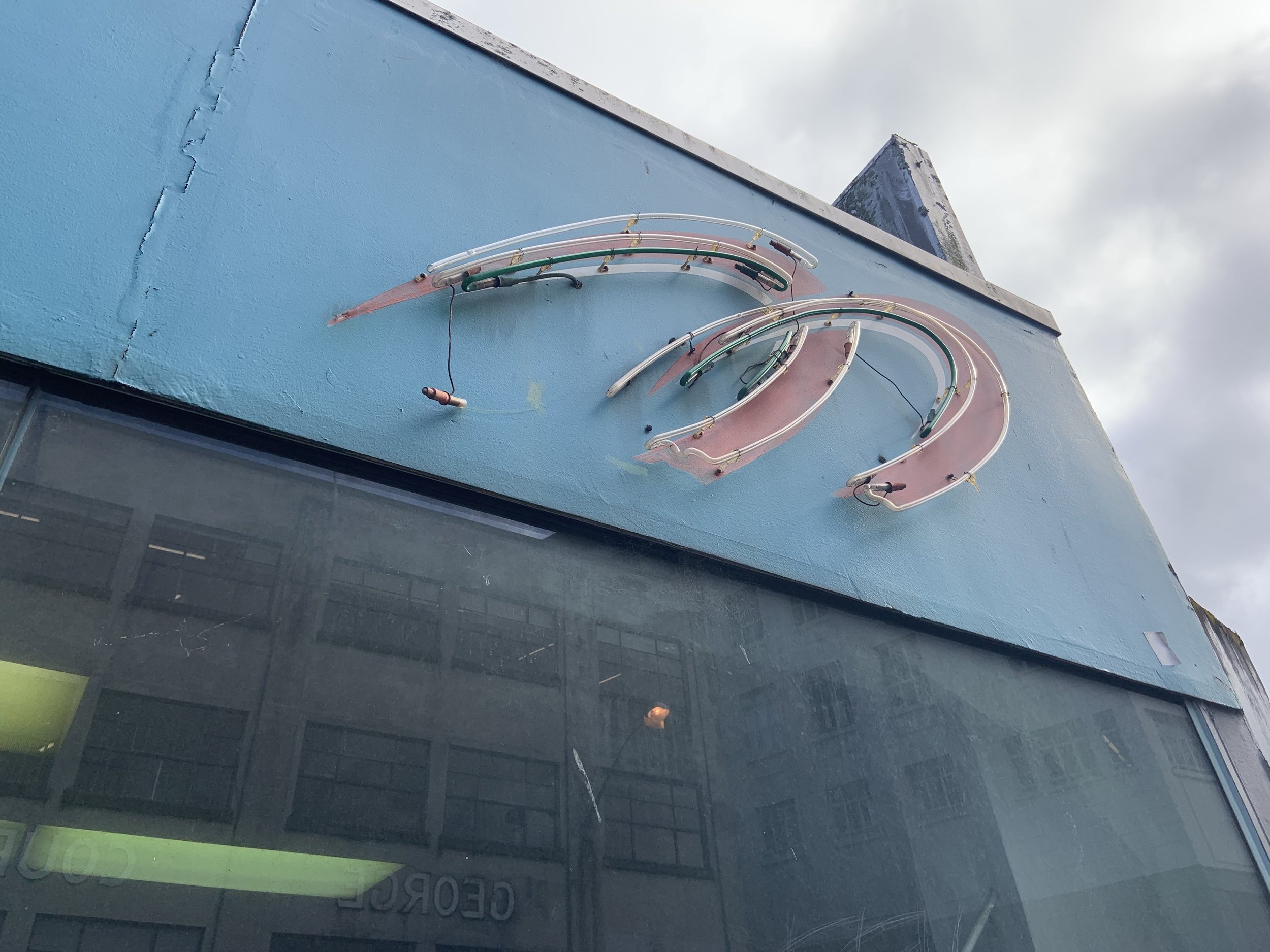
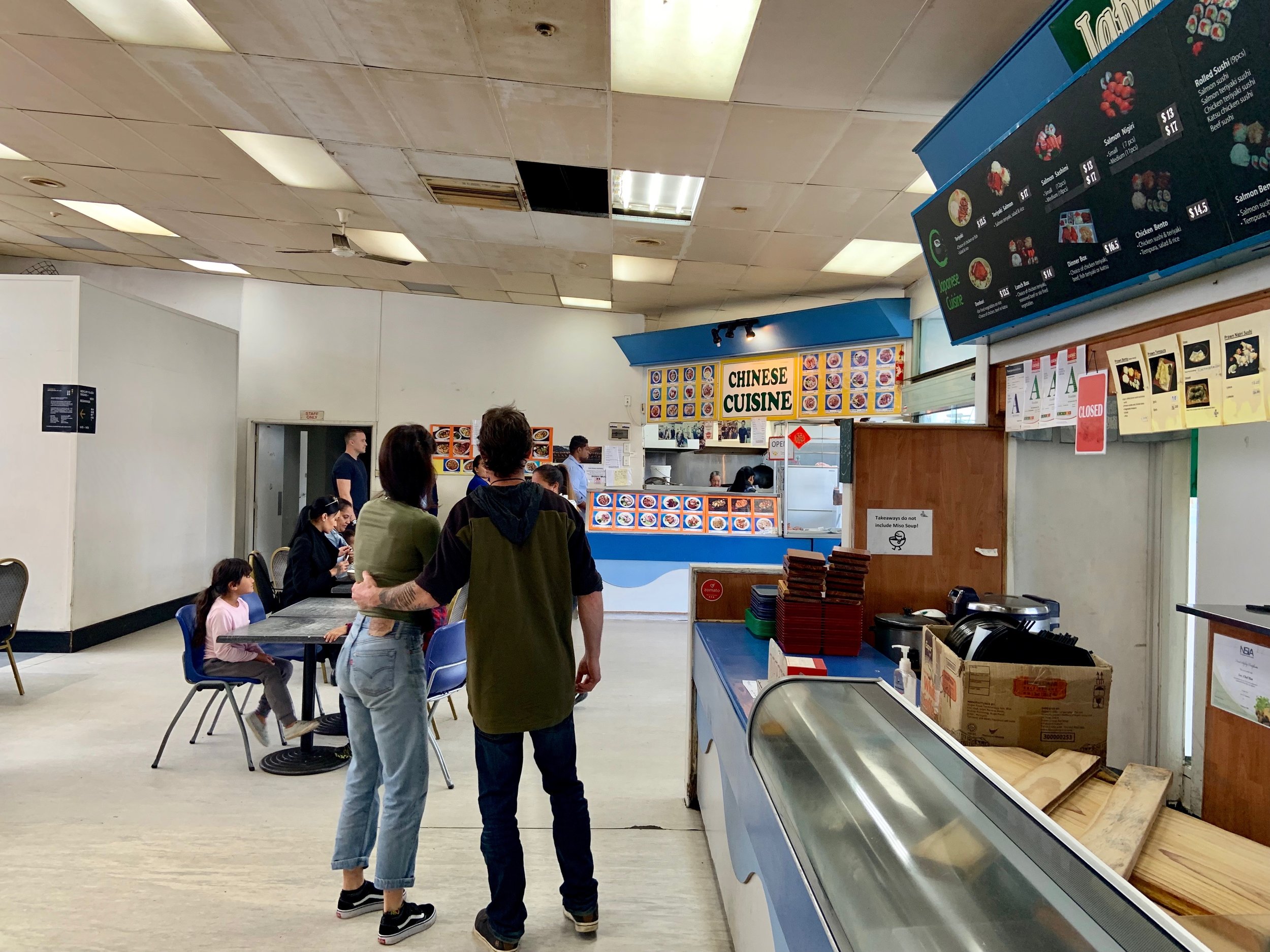
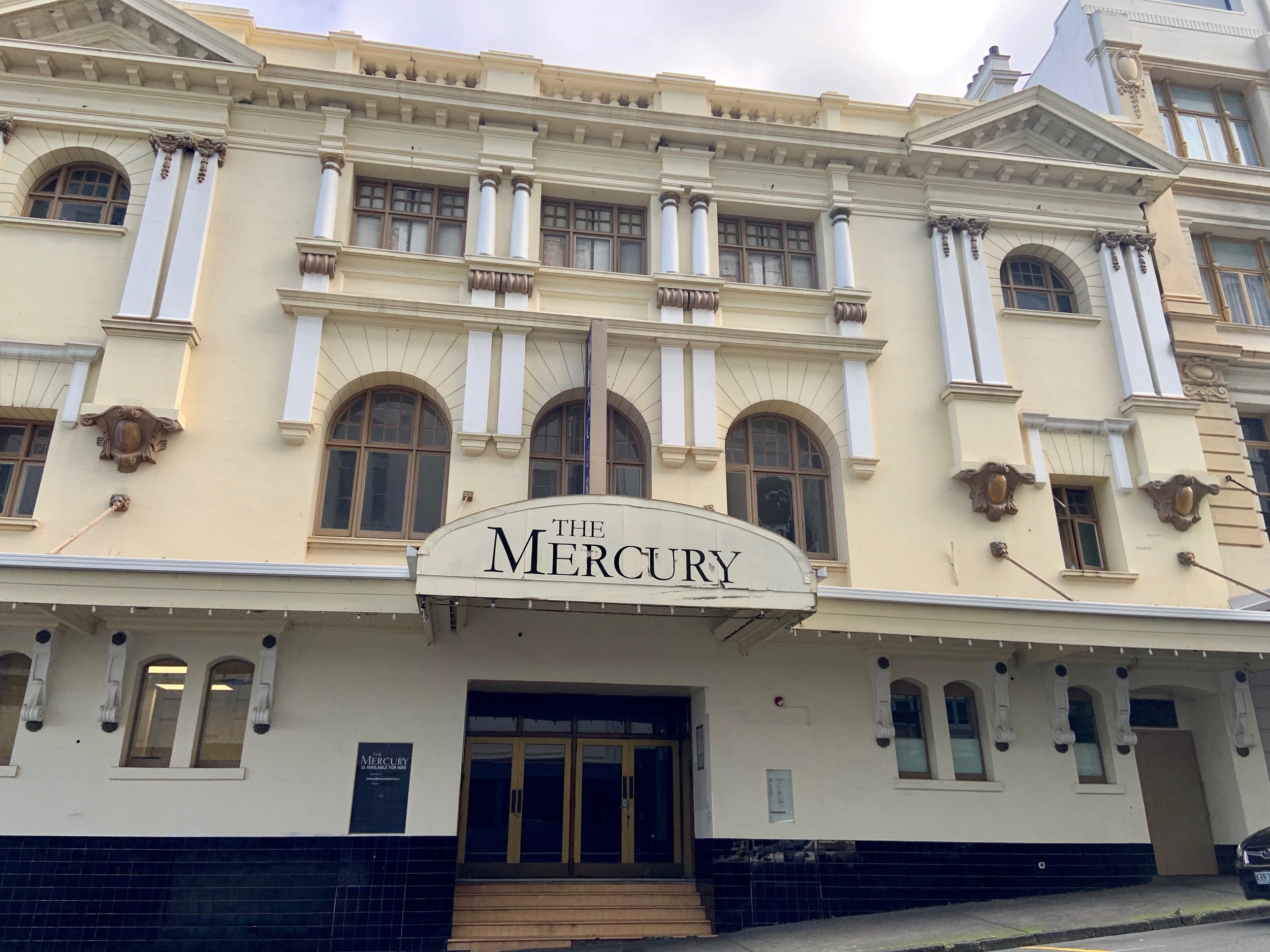
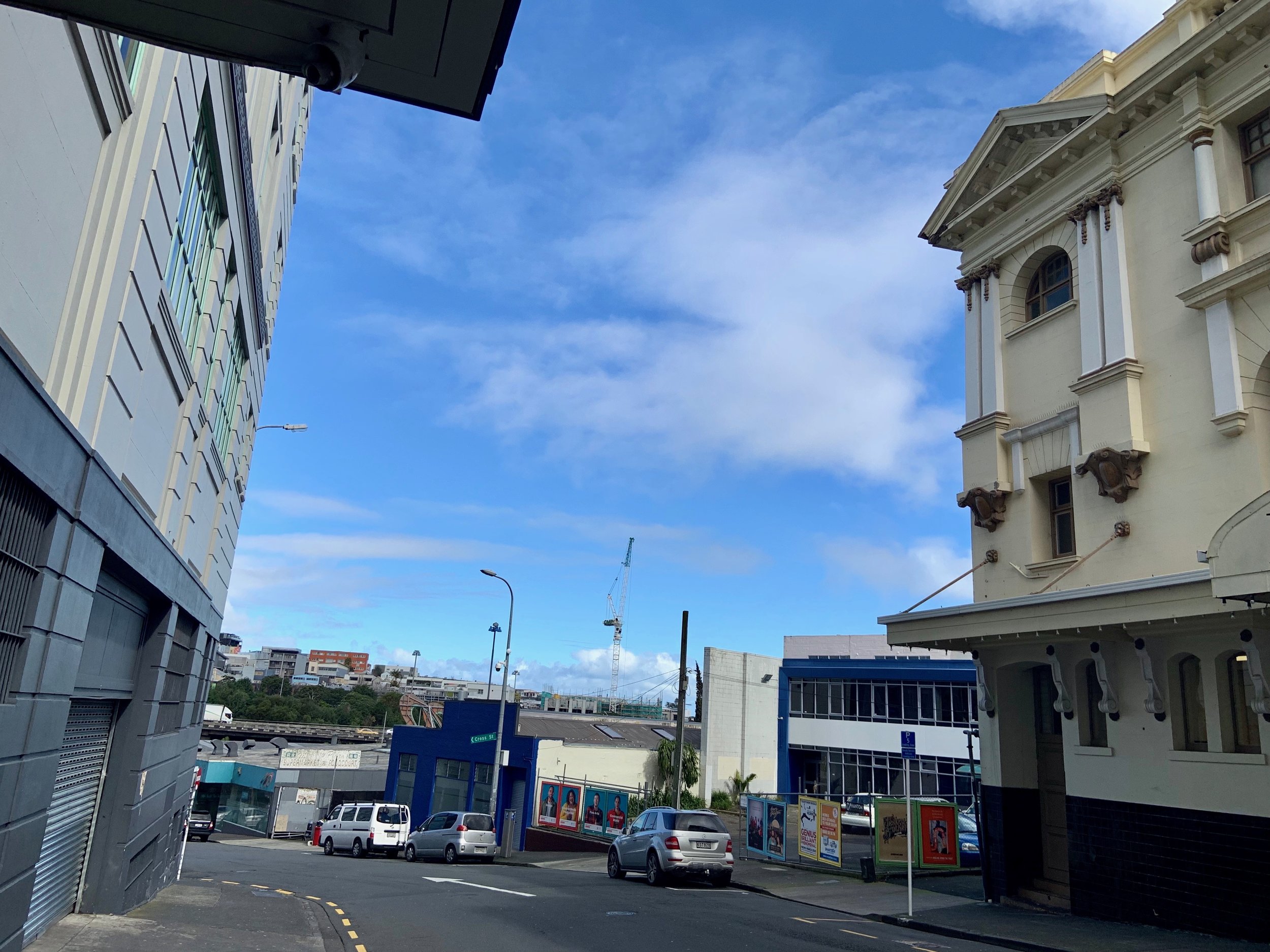
Beresford Square
Area History
The Karangahape ridge and the valley to the south was a rural area outside the town of Auckland until well in to the 1860s.
However, the elevated north facing slope attracted wealthy settlers who built substantial houses - the first Government House was built on this ridge.
The Maori track along the ridge was the main route to the north and was developed into a road joining Great North Road. It was this traffic that attracted shops and other business to the crossroad of Pitt Street, Karangahape Road and Mercury Lane. This area, outside the main settlement but close enough to the centre of the city, was ideal for large sections to be allocated by the Crown to religious groups. Some still remain in the area today such as the Wesleyan or Methodist Church (1866), on the Pitt Street corner and the beautiful Hopetoun Alpha in Beresford Square, built by the Congregationalist Church in 1875.
In 1882 this area became part of Auckland City and over the following four decades Karangahape Road became a significant shopping area. The replacement of horse drawn trams by electric trams in 1902 added to the attractiveness of the area for shopping and brought people from outlying areas. Virtually all the tram lines from the outer boroughs travelled the Symonds Street or Karangahape Road routes.
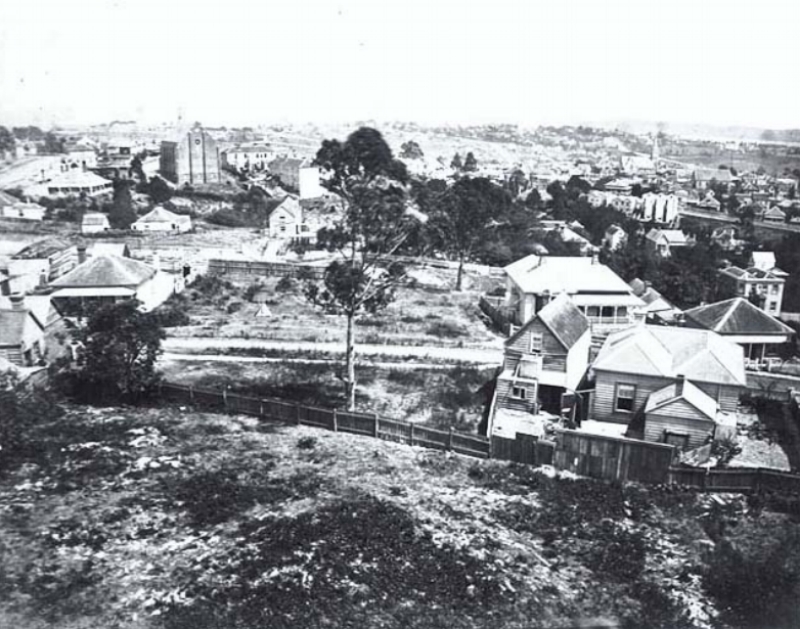
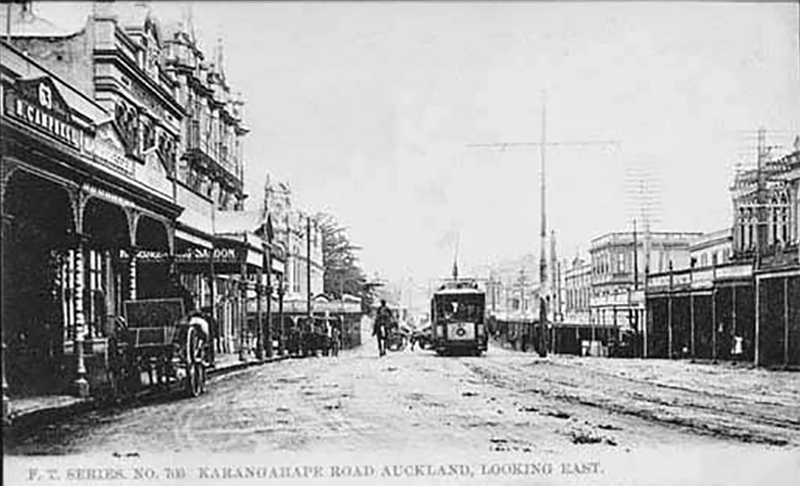
Post-World War I
After WWI, Karangahape Road developed a more sophisticated reputation as larger specialist stores appeared, supplementing the smaller shops that still supplied the local population. The Naval and Family Hotel on the corner of Pitt Street dates from 1897, although there is evidence that a hotel was on this site in 1865. The department store, George Courts, opened in 1914 on the corner of Karangahape Road and Mercury Lane.
The Karangahape Road area also became a centre of entertainment. Mercury Theatre was built in 1910 and in the 1920s cinemas and dance halls were popular.
In the latter half of the twentieth century red light businesses were attracted to the area.
The Auckland City Fire Station was built on the corner of Grey and Pitt Streets in 1901 on a site formerly occupied by the Lennox family home.
The St John Ambulance Station across the road was begun in the same year as part of the Fire Station complex. It was built in stages with the Beresford Street building erected in 1912. Designed for horse drawn fire engines, it enclosed a central courtyard with a large arched entrance. The tower was intended as a lookout over the city and for drying hoses. The Beresford building was converted to private dwellings in the 1990s.
Diversity
Indian and Chinese traders have always had business in the area. Further diversity of the population occurred in the 1960s and 1970s with the arrival of Pacific people in New Zealand. Many settled in the Ponsonby and Karangahape Road areas. Shops and other businesses selling island produce and clothing were set up to cater to this community. The Polynesian population replaced working class families who had left for the suburbs.
The department stores and other large businesses that dominated the street gradually relocated to suburban hubs or disappeared.
The Newton end of Karangahape Road was cut off by the motorway excavation which removed an entire block of shops.
The overbridge disrupts the continuous range of retail shop fronts that previously lined Karangahape Road unbroken from Symonds Street to Ponsonby Road.
Trams were part of Karangahape Road
Trams used to take passengers from Karangahape Road to Wellesley Street.
1920s K RD: Looking east from vicinity of bend opposite East Street down Karangahape Road, showing premises of Rendells Limited, George Court and Sons Limited, Hallenstein Brothers Limited, Sanford Limited, A S J Lamb, J A Bradstreet and J A Starmont and Sons. Also showing people hopping on tram headed for Wellesley Street (Photo: Sir George Grey Special Collections, Auckland Libraries, 1-W380)
This is film of trams in 1949 around the Karangahape Road and Queen Street intersection and the Baptist Tabernacle.

